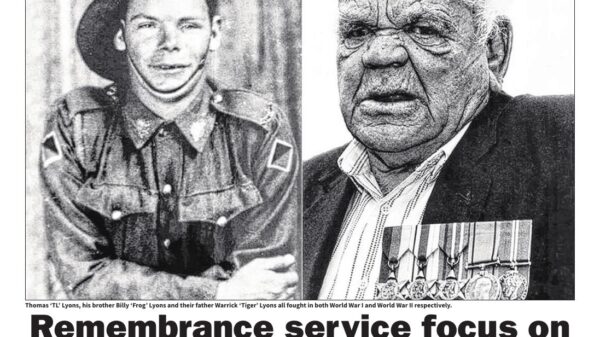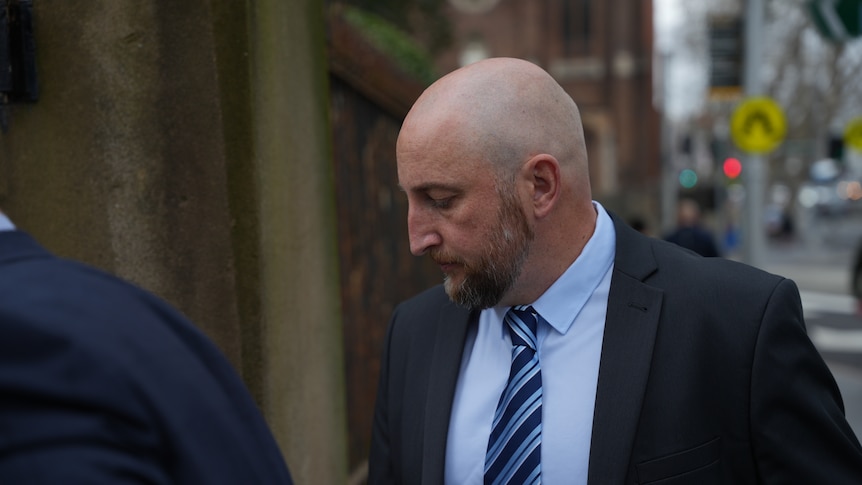A police officer has been charged with dangerous driving following a tragic collision that resulted in the death of an Indigenous teenager, Jai Wright, in Sydney. During the trial at Darlinghurst Courthouse, the court heard that Officer Benedict Bryant, 47, allegedly “effectively established a roadblock” when he placed his vehicle in the path of Wright’s trail bike without proper authorization.
The incident occurred in February 2022, and Bryant has pleaded not guilty to the charges. On the first day of the trial, dozens of Wright’s family members, friends, and supporters gathered outside the courthouse for a smoking ceremony, honoring the 16-year-old.
Judge Jane Culver is presiding over the case without a jury, and the family of Jai Wright waived a legal provision to keep his name confidential, allowing it to be published. A mural commemorating the teenager has also been painted in St Peters.
Details of the Collision
The court learned that on the morning of the collision, police received reports of three young individuals allegedly stealing a trail bike. Later that day, Jai Wright and two other young men were seen riding the trail bike and another stolen vehicle in a convoy from the home of one of Wright’s friends in Sydney’s inner-south.
Crown Prosecutor Philip Strickland SC informed the court that two police officers saw Wright riding the trail bike and pursued him in an unmarked car. They confirmed via radio that they were not in pursuit, as they believed the drivers would not stop. Minutes before the crash, Strickland asserted that Wright “accelerated harshly” through a park, likely having seen a friend being spoken to by the police.
In the lead-up to the collision, a police radio operator instructed that there was to be no pursuit of the bike. Despite this, Sergeant Bryant checked the location of the trail bike and confirmed he would proceed to assist. CCTV footage presented in court showed Wright riding through a red traffic light before colliding with Bryant’s vehicle.
Legal Arguments and Evidence
As the courtroom viewed the footage, emotions ran high among Wright’s family and supporters. The video depicted the moment when Wright was thrown from the bike upon impact.
In contemporaneous notes, Sergeant Bryant stated that he heard the radio operator’s directive against pursuit and that he did not intend to pursue. His notes indicated that his view of the bike was “partially obstructed” by another police vehicle at the intersection. He claimed he stopped his vehicle “just short” of a pedestrian crossing to avoid placing it directly in the bike’s path, intending to apprehend the rider.
Strickland argued that Bryant’s actions effectively created a roadblock, using his vehicle as an obstruction without appropriate authorization. He highlighted that Bryant had over 22 years of experience and should have been aware of the potential dangers posed by his actions.
In response, defense counsel Brent Haverfield contended that the positioning of the other police vehicle at the intersection was crucial to the case. He argued that it was this vehicle that created a barrier for Wright, forcing him into the path of an oncoming car. Haverfield indicated that evidence would show tire marks consistent with Wright maneuvering around the police vehicle.
The trial is expected to last about one week. The family has given permission for the media to use Jai Wright’s name and image, as they seek justice for their loss.




























































